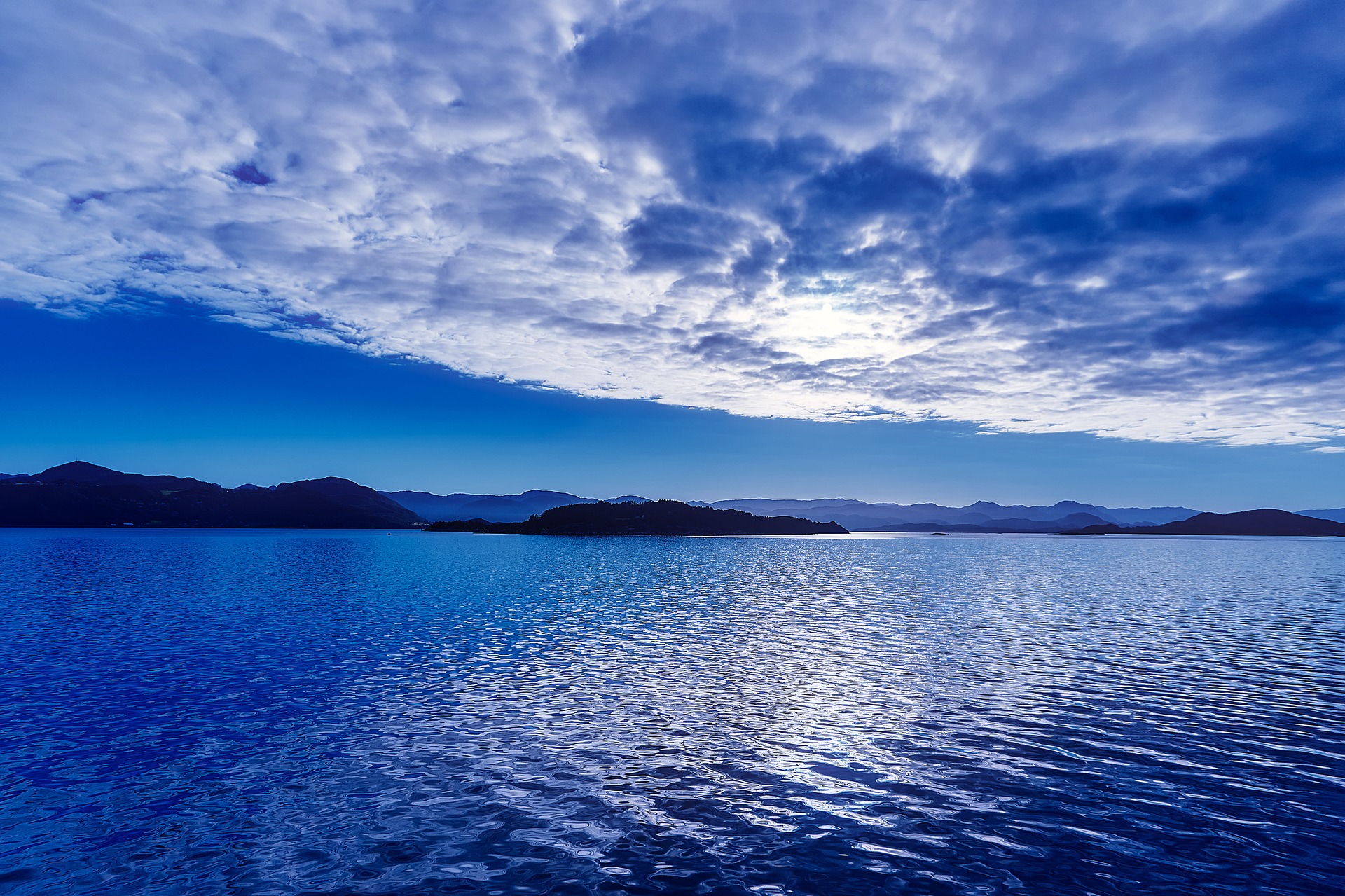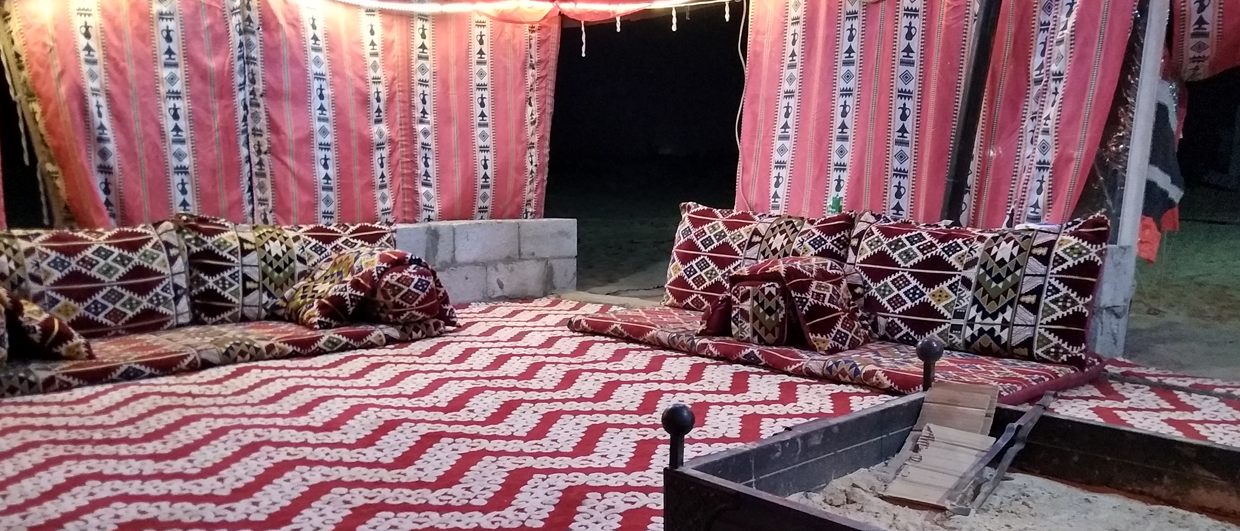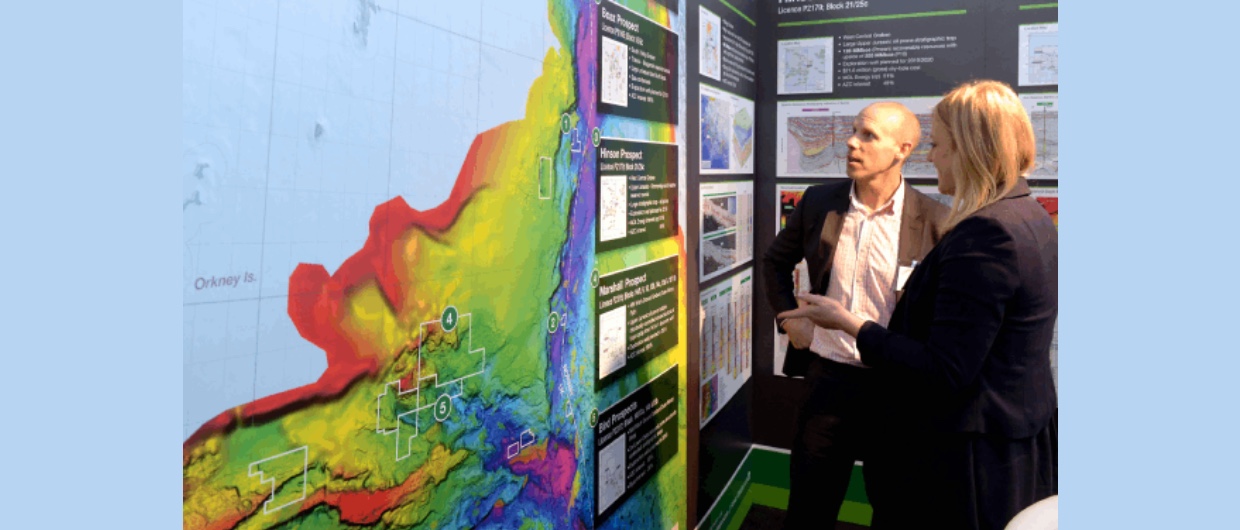Exploration highlights on the Norwegian Continental Shelf
This week the NCS Exploration – Recent Discoveries took place as a digital event, spread out over two days. A large number of fields were discussed, with some have been a success where others disappointed. Looking at the overall picture, it is clear that the wells and fields demonstrate a move towards the boundaries of the known petroleum plays of the Norwegian Continental Shelf.
Broadly speaking, the discoveries presented can be placed in one of four of the following categories: “Shallower”, “Deeper”, “Niche” and “Classic”.

Shallower
Clearly, discoveries such as Liatårnet (Miocene reservoir) and Rumpetroll (Eocene) can be classified as “shallow”, with Evra falling in this category too. However, well 25/8-19 targeting the Evra prospect failed to prove a decent interval of anticipated injectites. Wintershall-operated Toutatis can also be seen as a shallow well, with a TD of around 1300 m. Although Toutatis proved a working petroleum system in this northern part of the Norwegian Sea, the Jurassic stratigraphy encountered was quite different to what was expected.
Deeper
Even though not all of the discoveries mentioned here would fall into the HPHT category, they all document a search for hydrocarbons in deeper parts of previously explored nearby areas. Glengorm is probably the deepest discovery presented, with Upper Jurassic Fulmar sands being found in the hanging wall of the deeply buried UK Central Graben. Ørn and Iris/Hades represent a move into the basin and in a more downfaulted position with respect to their more updip counterparts in the Norwegian Sea. The Goddo find on the Utsira High is not so much a deeply buried field, but oil is present in “deep” stratigraphy, i.e. basement rocks.
Niche
The fields falling in this category all have a new or niche aspect to them. For instance, Dugong was drilled in a relay ramp setting, whilst Tethys was hoped to prove a Nova-equivalent consisting of Oxfordian sands eroded by subsequent fluvial activity. The Iving discovery is located in a crestal footwall setting, Goliat (Vest) is a complex but intriguing fault system in plan view and finally the Duva discovery is a good example of stratigraphic trapping. Finally, Shrek in the Norwegian Sea can also be classified amongst the more niche finds because of its complex geology.
Classic
So, with most discoveries clearly being a proof of the progressive move towards the boundaries of the known petroleum systems, some remaining potential is clearly there in the smaller but more “classic” prospects. Amongst those are probably the Bergknapp field, being a small fault block west of Maria, and Echino South, with hydrocarbons being proven in classic Sognefjord and Brent sands. The Runge find just north of the Oseberg field is also a good example of an attempt to de-risk additional reserves close to existing fields.
Is Equinor going to be lucky where Wintershall wasn’t?
In the meantime, Equinor is probably approaching the target of well 6407/1-8 in the Norwegian Sea. The well aims to find hydrocarbons in Jurassic sandstones. A neighbouring well (6407/1-6) testing the same stratigraphic interval drilled by Wintershall a few years back turned out dry.
Equinor spudded well 6407/1-8 late September in licence PL 263D, targeting the Apollonia prospect of Jurassic age. Partners in the well are Lime Petroleum (20%) and Pandion Energy (20%). Lime Petroleum acquired its 20% interest in April this year, having earmarked the area as key in its technology-led, near-field exploration strategy. In 2019, Equinor already farmed down 20% of the licence to Pandion.

Just to the south lie two gas condensate discoveries, 6407/1-7 and 6407/1-6. 6407/1-6 was the first one to be drilled by Wintershall in 2012, targeting Middle Jurassic Garn and Ile Formation sandstones of the Rodriguez prospect. The Middle Jurassic targets were dry, but overpressured gas and condensate were found in secondary target Upper Cretaceous intra-Lange sandstones.
The 2014 6407/1-7 well, also drilled by Wintershall, tested the Solberg prospect, this time with the primary target being the Lange Formation sandstones. 12 m of net sandstone was found, which contained gas condensate. The well terminated in Lower Cretaceous rocks.
Despite the success in the Upper Cretaceous play, the NPD classifies both discoveries as unlikely to be taken in production, which suggests that the volumes are too small.
Europa refocuses on gas
This week the Irish Examiner reported that British exploration firm Europa Oil and Gas is refocusing its Irish waters strategy by relinquishing four of its oil-driven licences off the west coast of Ireland. Instead, it will now focus on two gas-driven licences, one of which it is in the process of acquiring from DNO (FEL 3/19, previously LO 16/23). In return, Europa grants DNO a 5% Net Profits Interest over future production of gas and liquids from any accumulation in the licence. FEL 3/19 lies 18 east of Corrib.
The other licence, FEL 4/19, is located to the immediate northwest of the Corrib field and contains Europa’s flagship 1.5 tcf Inishkea gas prospect. Inishkea is a large fault bounded Triassic structure. The reservoir is Triassic age Corrib sandstone sourced from the underlying Carboniferous. The trap is provided by a combination of Triassic Uilleann Halite top seal and fault seal.

What lies beneath a volcano?
This week, researchers from Aberdeen University published a paper in Geology, in which they publish a detailed 3D architecture of the complex plumbing system of the Erlend volcano in the UK Faroe-Shetland Basin of the North Atlantic. The paper, written by Faye Walker and an international team of co-workers, documents a complex amalgamation of smaller magmatic bodies. This contradicts the long-held view that one large magma chamber usually underlies a volcano.
No more drilling
Since the completion of the Wintershall-operated Sillimanite well a few weeks ago, no more drilling activity is taking place on the Dutch offshore. Three wells are currently being drilled onshore, of which one is a geothermal exploration well in the middle of the country, one is being drilled as a producer of salt and the third is a development well for the Pernis West field underlying Rotterdam harbour.
Have a good weekend.
HENK KOMBRINK




